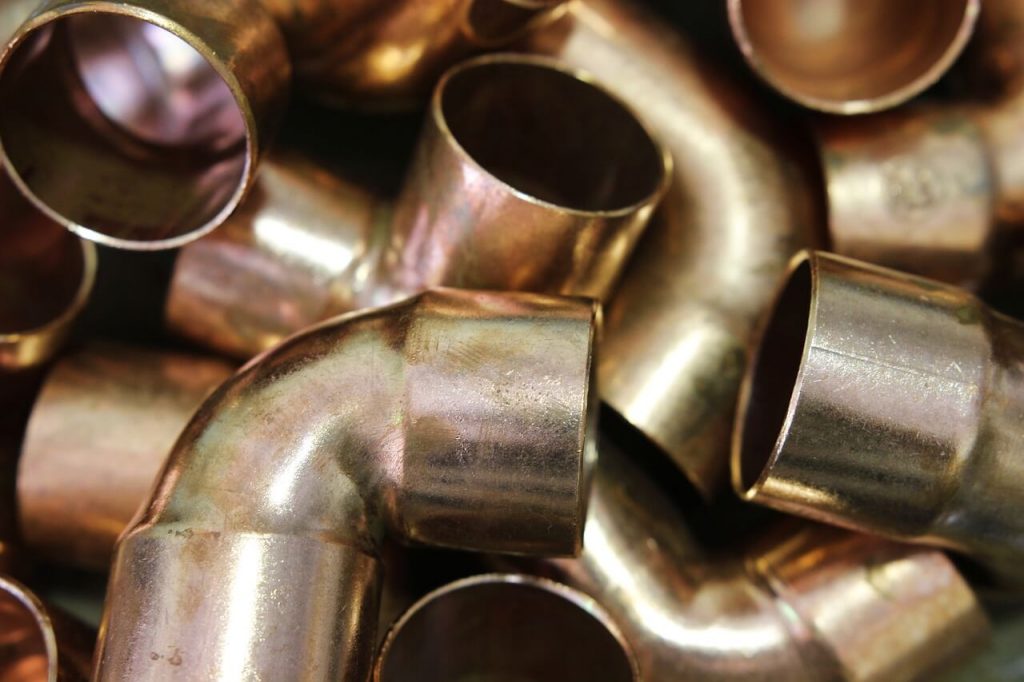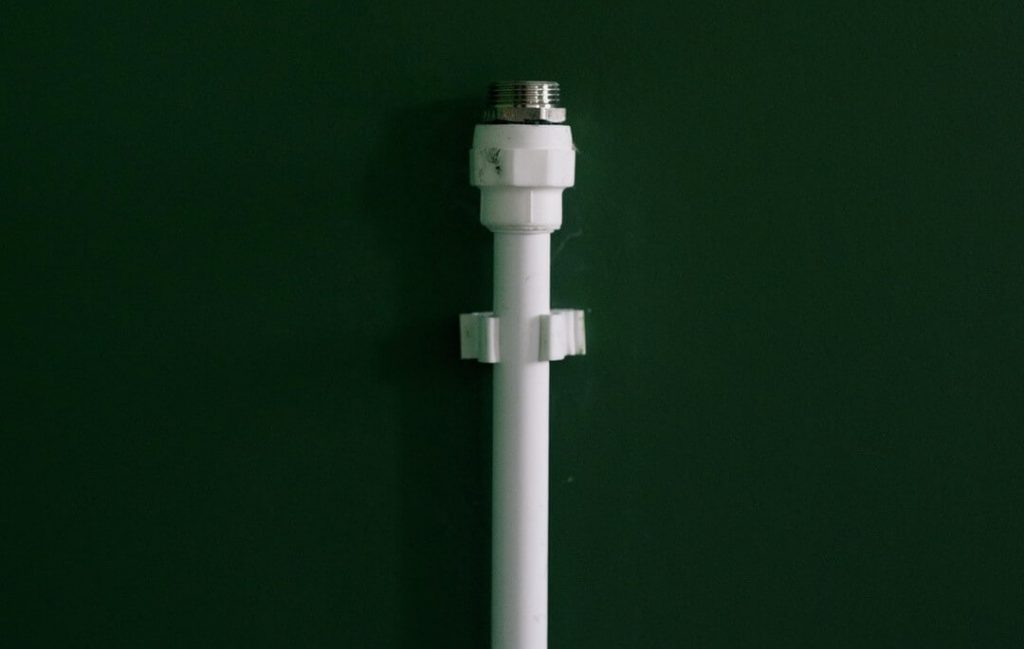Residential plumbing projects are often viewed upon as highly challenging. When you take into account all of the options that you have – in terms of piping materials – the task may seem even more daunting. The most commonly utilized piping materials for home applications include stainless steel piping, PEX piping, pipes composed of copper, PVC pipes, brass piping, cast iron pipes, and galvanized pipe.
In this guide, we are going to make the decision a bit easier. We are going to compare only two types of piping – copper and PVC. Continue reading to learn which is best for your plumbing project.
Initial Factors to Consider
Before delving into the pros and cons of copper pipes and PVC pipes, we want to first expound on the fact that – before making your piping material selection – there are a few factors that must be considered. First, you need to determine exactly what the pipe will be used for in your plumbing system. Will it be to drain water from the home or deliver it to the home? Will it be placed inside of the home or on the outside of your residence? Will the pressure within the pipe be high or be low? Now that you know what considerations should be made, it is time to learn about copper and PVC pipes.

Copper Piping
Copper piping is an exceptionally popular plumbing material in the United States. In fact, it has been utilized in homes and businesses for approximately 8 decades. It is a ductile, and highly malleable material that is typically a red or red-brown in color. Studies have confirmed that copper has a high level of conduction when it comes to heat and in electricity. In fact, it is widely utilized for electrical wiring; however, it is also widely employed in water piping. It is highly resistant to corrosion – which is highly important when it comes to its usage in residential plumbing systems.
Copper is a material that that is relatively light – yet, extremely strong. It has a solid reputation for being extremely durable. Newer copper piping material is known to be effective for transporting moisture without developing rust and corrosion. It may be purchased in both rigid form and in a non-rigid form. It is considered to be a dependable type of piping material and is usually considered to have a high level of compliance when it comes to building codes. There are additional benefits of copper pipes. These include the following:
- As long as non-acidic water is flowing through the copper pipes, the material will last much longer than if it is running through PVC piping material.
- It is possible to fit copper pipes into very tight areas and in areas that must remain low-profile.
- Copper pipe is a safe option because it does not contain the same types of chemicals as that which PVC piping contains.
Just as there are benefits to utilizing copper pipes, there are also disadvantages. The following outlines the downside to utilizing this piping material within your home’s plumbing system:
- Copper is significantly more costly than PVC pipe.
- If you use copper pipe for high pressures, you will find that it emits a lot more noise than that of PVC pipe.
- It is considered to be highly difficult to install because of the fact that each of the joints must be completely soldered to optimize durability and increase longevity.

PVC Piping
PVC Piping is one type of several plastic plumbing materials utilized in home plumbing systems. The most common types of plastic plumbing materials include cross-linked polyethylene (PEX), chlorinated polyvinyl chlorine (CPVC), and – of course – polyvinyl chloride (PVC). Choosing between copper pipe and PVC pipe is a difficult choice. This has much to do with the benefits of both. PVC offers the following advantages:
- PVC piping material is capable of withstanding the demands of both water supply and water drainage.
- PVC is highly resistant to corrosion. It can withstand both household chemicals and water.
- This type of piping is capable of maintaining a constant temperature of the water that it carries because of the fact that it has a low level of conductivity, in terms of heat. Best of all, it does not require insulation; whereas, copper piping does require insulation.
- PVC pipes are inexpensive, lightweight, and much easier than copper pipes – in terms of installation.
- It is rare for PVC pipes to become blocked or clogged. If these situations do arise, it is relatively simple to correct the issue. Blockages and clogs that occur in copper pipes are often very difficult to remove.
Just like copper pipes, there are some disadvantages associated with PVC pipes. These include the following:
- First, PVC pipes are known to have a very low melting point. These pipes contain chemicals that may result in toxic fumes being emitted should a fire occur. As a result of this, there are often safety codes put into place when it comes to the utilization of PVC in a home plumbing system.
- PVC pipes experience a higher degree of expansion and contraction when it comes to heat. This could result in pipe damage, but repairs are often relatively inexpensive.
- It is a known fact that PVC piping material is relatively sensitive to sunlight. In fact, if the pipes are not placed in a hidden location from the sunlight or coated with latex, they may become brittle and crack.
Final Thoughts
Both copper and PVC pipes are ideal for residential usage. When deciding which is best, you must consider all the factors outlined at the beginning of this guide. Additionally, you should consider your budget, the type of weather experienced in the area where you reside, and whether or not you will be performing the work yourself or will have a professional plumber assist you.
Ultimately, it is a personal choice and it depends on your home and your unique needs. If you require assistance in determining which is best or assistance with a residential plumbing job, you may contact us now by calling: 765-966-0994

